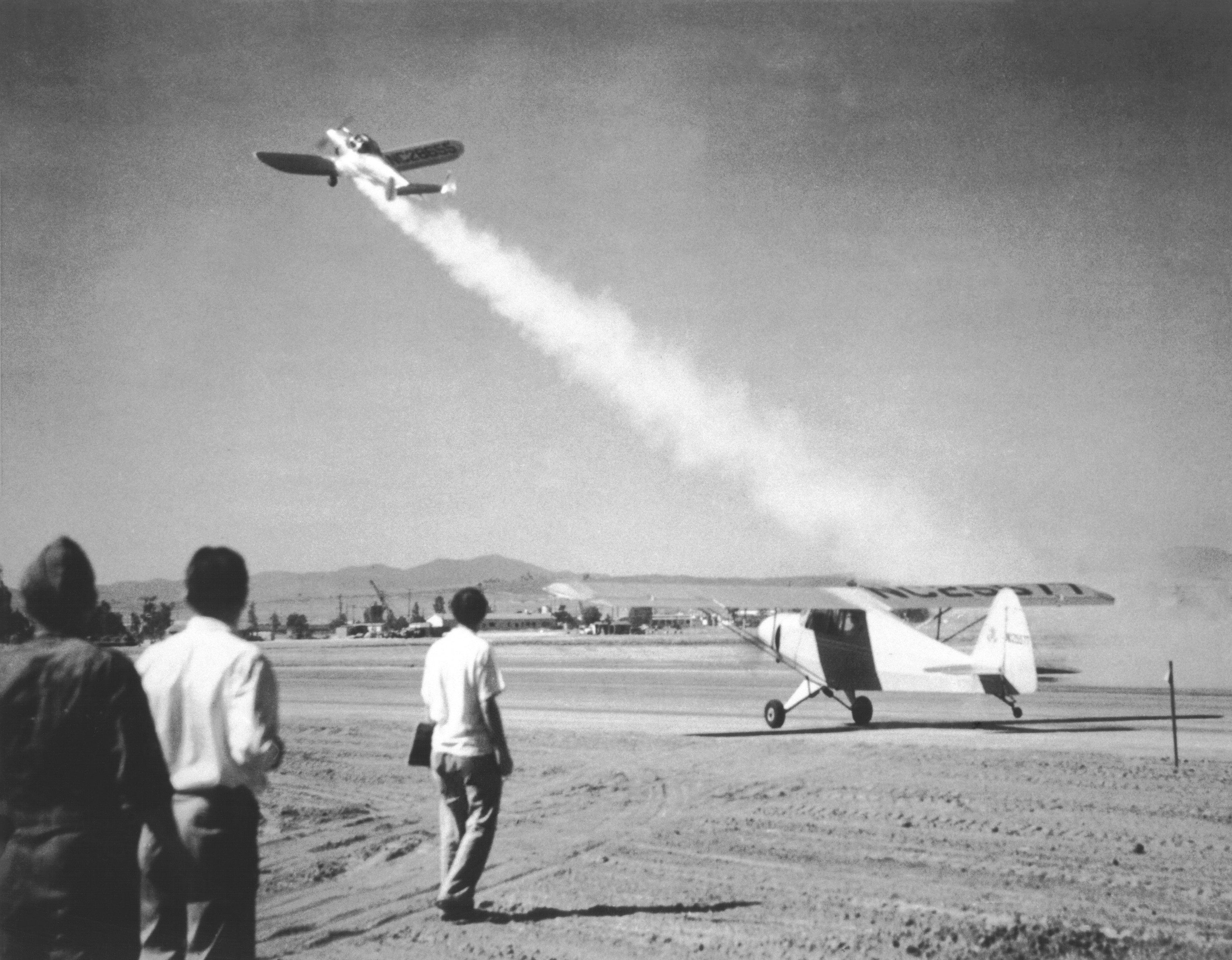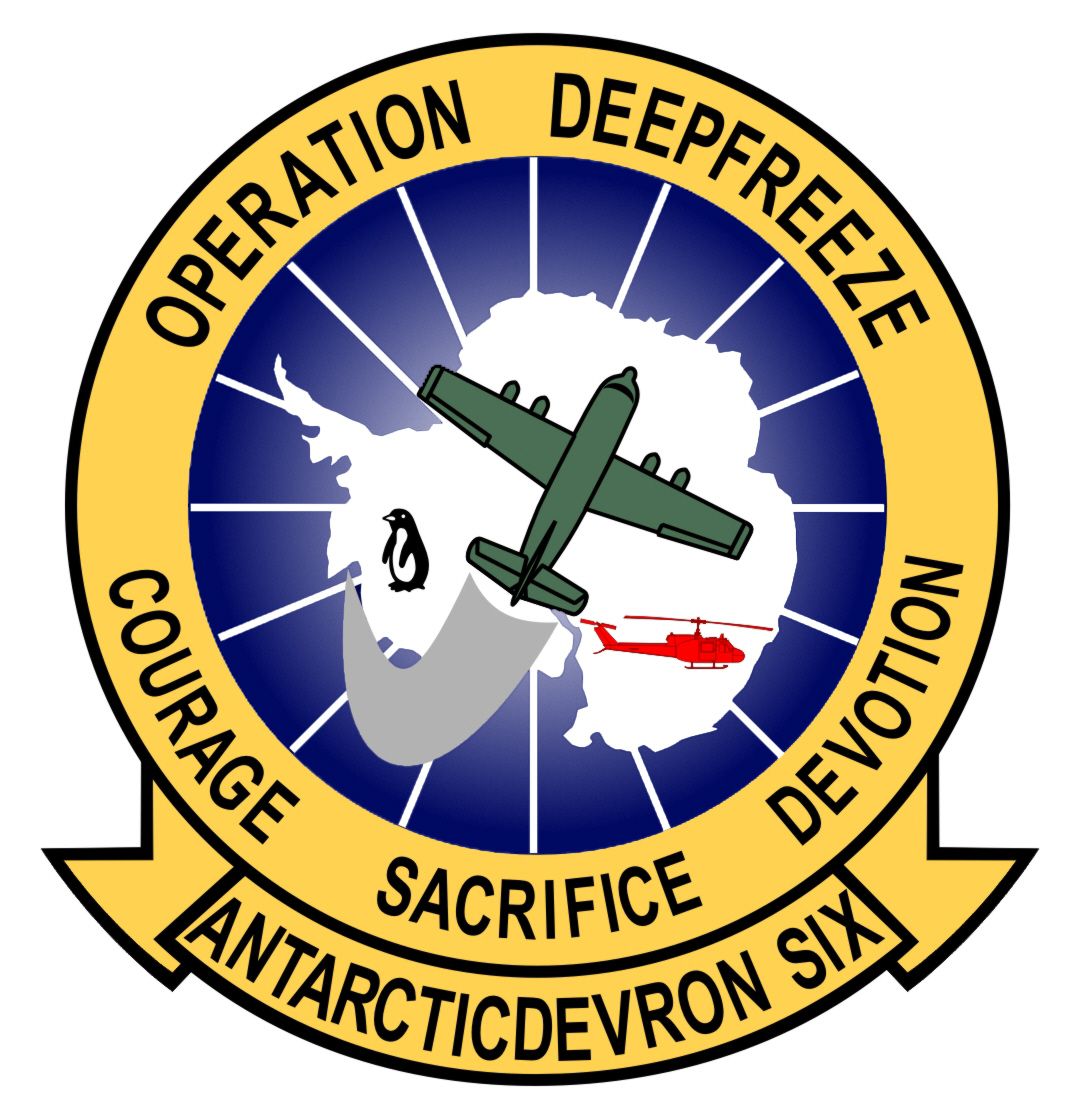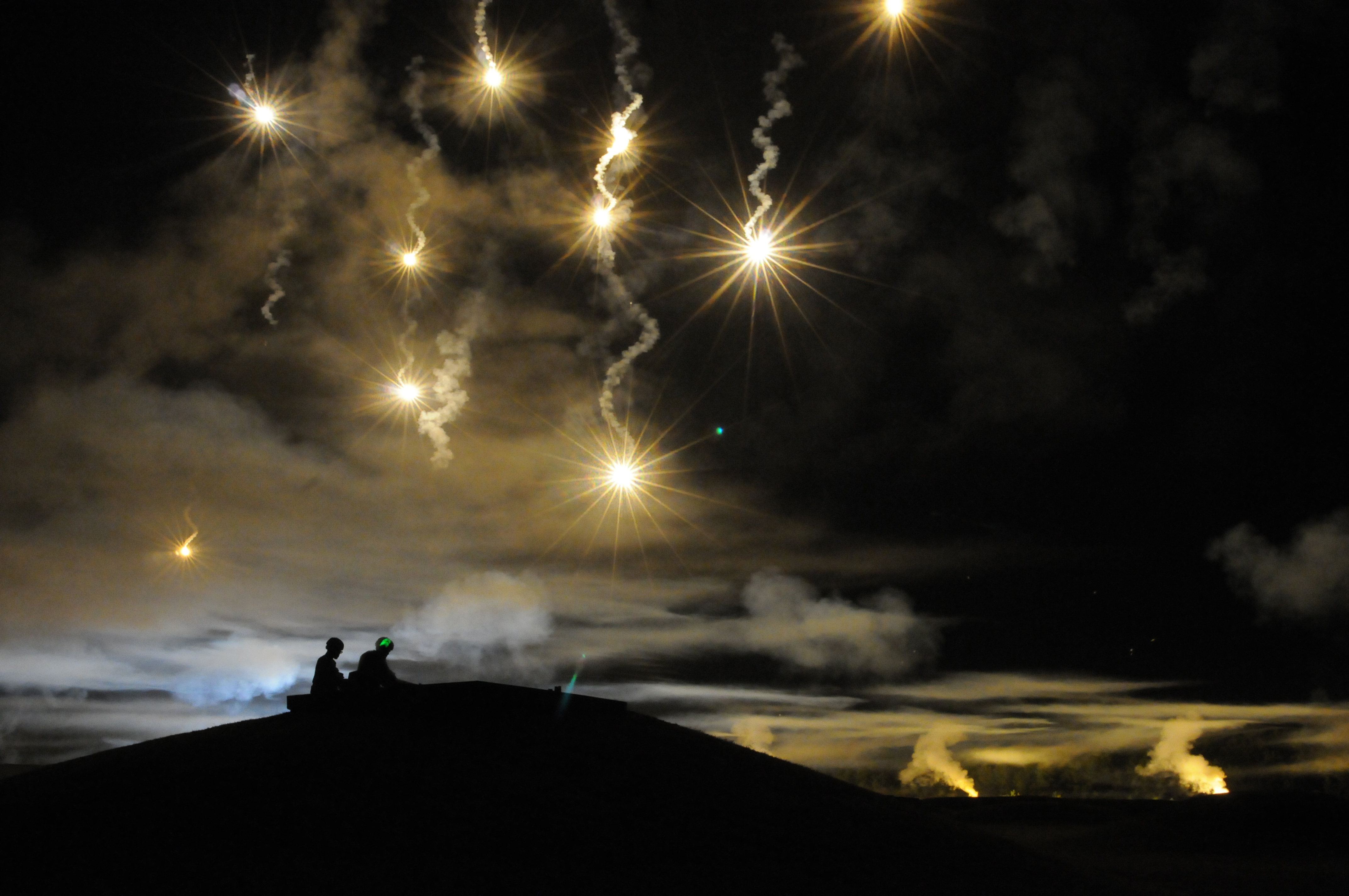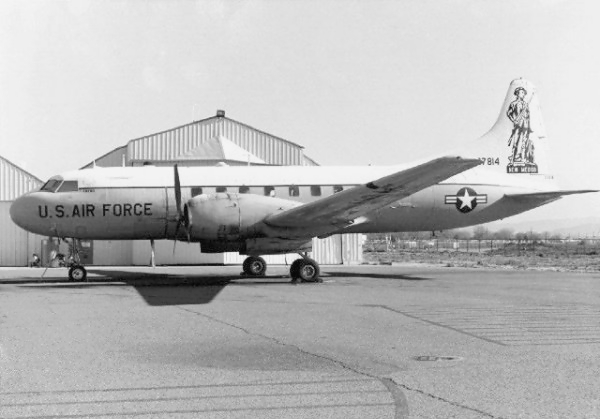|
Douglas R4D-8
The Douglas R4D-8 (later redesignated C-117D) is a military transport aircraft developed from the civilian Douglas DC-3, Douglas DC-3S (Super DC-3) airliner. It was used by the United States Navy and United States Marine Corps during the Korean War and Vietnam War. Design and development During World War II, the armed forces of many countries used the C-47 and modified DC-3s for the transport of troops, cargo, and wounded. The US Navy designation was R4D. More than 10,000 aircraft were produced in Long Beach, California, Long Beach and Santa Monica, California, and Oklahoma City, Oklahoma. Between March 1943 and August 1945, the Oklahoma City plant produced 5,354 C-47s.Parker 2013, pp. 13, 35, 37, 39, 45-47. Super DC-3 Large numbers of DC-3s and surplus C-47s were in commercial use in the 1940s. In response to proposed changes to the Federal Aviation Regulations, Civil Air Regulations airworthiness requirements that would restrict use of these aircraft, Douglas offered a conversi ... [...More Info...] [...Related Items...] OR: [Wikipedia] [Google] [Baidu] |
Military Transport Aircraft
A military transport aircraft, military cargo aircraft or airlifter is a military aircraft, military-owned transport aircraft used to support military operations by airlifting troops and military equipment. Transport aircraft are crucial to maintaining supply lines to forward bases that are difficult to reach by ground transport, ground or maritime transport, waterborne access, and can be used for both strategic and tactical missions. They are also often used for civilian emergency relief missions by transporting humanitarian aid. Air frames Fixed-wing Military transport aeroplanes are defined in terms of their range capability as strategic airlift or tactical airlift to reflect the needs of the land forces which they most often support. These roughly correspond to the commercial flight length distinctions: Eurocontrol defines short-haul routes as shorter than , long-haul routes as longer than and medium-haul between. The military glider is an unpowered tactical air transp ... [...More Info...] [...Related Items...] OR: [Wikipedia] [Google] [Baidu] |
United States Army Air Forces
The United States Army Air Forces (USAAF or AAF) was the major land-based aerial warfare service component of the United States Army and ''de facto'' aerial warfare service branch of the United States during and immediately after World War II (1941–1947). It was created on 20 June 1941 as successor to the previous United States Army Air Corps and is the direct predecessor of the United States Air Force, today one of the six United States Armed Forces, armed forces of the United States. The AAF was a component of the United States Army, which on 2 March 1942 was divided functionally by executive order into three autonomous forces: the Army Ground Forces, the United States Army Services of Supply (which in 1943 became the Army Service Forces), and the Army Air Forces. Each of these forces had a commanding general who reported directly to the Chief of Staff of the United States Army, Army Chief of Staff. The AAF administered all parts of military aviation formerly distributed am ... [...More Info...] [...Related Items...] OR: [Wikipedia] [Google] [Baidu] |
Byrd Station
The Byrd Station is a former research station established by the United States during the International Geophysical Year by U.S. Navy Seabees during Operation Deep Freeze II in West Antarctica. It was a year-round base until 1972, and then seasonal up to 2005. The station was built in 1957, and is located on the West Antarctic ice cap. It was accessible by overland ice traverse or by ski-equipped C-130 aircraft. History A joint Army, Navy, Air Force, and Marines operation supported an overland tractor train traverse that left out of Little America V in late 1956 to establish the station. The train was led by Army Major Merle Dawson and completed a traverse of over unexplored country in Marie Byrd Land to blaze a trail to a spot selected beforehand. The station consisted of a set of four prefabricated buildings and was erected in less than one month by U.S. Navy Seabees. It was commissioned on January 1, 1957. The original station ("Old Byrd") lasted about four years befo ... [...More Info...] [...Related Items...] OR: [Wikipedia] [Google] [Baidu] |
BuNo
In the United States, all military aircraft display a serial number to identify individual aircraft. These numbers are located on the aircraft tail, so they are sometimes referred to unofficially as "tail numbers". On the Northrop Grumman B-2 Spirit bomber, lacking a tail, the number appears on the nose gear door. Individual agencies have each evolved their own system of serial number identification. Aircraft serials are part of the Aircraft Visual Identification System, which also includes the aircraft's tail code and Modex. History United States Army Signal Corps In 1908, the United States government purchased its first heavier than air aircraft. The aircraft, a Wright Model A, was used by the aviation section of the United States Army Signal Corps and was issued with serial number 1. Subsequent aircraft were numbered in sequence. United States Army Air Service In 1918, the aviation section of the Army Air Service became the United States Army Air Service (USAAS), but the se ... [...More Info...] [...Related Items...] OR: [Wikipedia] [Google] [Baidu] |
1973 Sólheimasandur Douglas DC-3 Crash
On 21 November 1973, a Douglas C-117D transport aircraft operated by the United States Navy crashed onto beach in southern Iceland during severe icing conditions. All seven crewmembers on board survived the accident, and the aircraft was written off. The main fuselage wreckage has remained relatively intact since the accident, leading to the crash site becoming a tourist destination. Accident The aircraft involved in the accident was flying from Hofn Hornafjördur Airport to Naval Air Station Keflavik, after delivering supplies for the radar station at Stokksnes. En route the aircraft encountered severe icing and the crew were forced to land on a frozen river at Sólheimasandur. All seven crew members survived and were rescued by helicopter, but the aircraft was written off ('surveyed' in US Navy parlance). The unsalvaged remains of the aircraft were left at the scene. Aircraft The aircraft, serial number 17171, was designated C-117D and was based on the Super DC-3, first flow ... [...More Info...] [...Related Items...] OR: [Wikipedia] [Google] [Baidu] |
JATO
JATO (acronym for jet-assisted take-off) is a type of assisted take-off for helping overloaded aircraft into the air by providing additional thrust in the form of small rockets. The term ''JATO'' is used interchangeably with the (more specific) term RATO, for ''rocket-assisted take-off'' (or, in Royal Air Force, RAF parlance, RATOG, for ''rocket-assisted take-off gear''). Early experiments and World War II In 1927 the Soviet research and development laboratory Gas Dynamics Laboratory developed solid-propellant rockets to assist aircraft take-off and in 1931 the world's first successful use of rockets to assist take-off of aircraft were carried out on a :ru:У-1, U-1, the Soviet Union military aircraft designation systems, Soviet designation for a Avro 504 trainer, which achieved about one hundred successful assisted takeoffs. Successful assisted takeoffs were also achieved on the Tupolev TB-1. and Tupolev TB-3 Heavy Bombers. The official test of the Tupolev TB-1 in 1933 shorten ... [...More Info...] [...Related Items...] OR: [Wikipedia] [Google] [Baidu] |
Operation Deep Freeze
Operation Deep Freeze is the code name for a series of United States missions to Antarctica, beginning with "Operation Deep Freeze I" in 1955–56, followed by "Operation Deep Freeze II", "Operation Deep Freeze III", and so on. (There was an initial operation before Richard E. Byrd, Admiral Richard Byrd proposed 'Deep Freeze'). Given the continuing and constant US presence in Antarctica since that date, "Operation Deep Freeze" has come to be used as a general term for US operations in that continent, and in particular for the regular missions to resupply US Antarctic bases, coordinated by the Military of the United States, United States military. Task Force 199 was involved. For a few decades the missions were led by the United States Navy, though the Air National Guard and National Science Foundation are also important parts of the missions. In Antarctica, when the polar dawn starts late in the year things begin warming up and the mission usually runs from late in the year to ear ... [...More Info...] [...Related Items...] OR: [Wikipedia] [Google] [Baidu] |
Signals Intelligence
Signals intelligence (SIGINT) is the act and field of intelligence-gathering by interception of ''signals'', whether communications between people (communications intelligence—abbreviated to COMINT) or from electronic signals not directly used in communication (electronic intelligence—abbreviated to ELINT). As classified and sensitive information is usually encrypted, signals intelligence may necessarily involve cryptanalysis (to decipher the messages). Traffic analysis—the study of who is signaling to whom and in what quantity—is also used to integrate information, and it may complement cryptanalysis. History Origins Electronic interceptions appeared as early as 1900, during the Boer War of 1899–1902. The British Royal Navy had installed wireless sets produced by Marconi on board their ships in the late 1890s, and the British Army used some limited wireless signalling. The Boers captured some wireless sets and used them to make vital transmissions. Since the ... [...More Info...] [...Related Items...] OR: [Wikipedia] [Google] [Baidu] |
Flare
A flare, also sometimes called a fusée, fusee, or bengala, bengalo in several European countries, is a type of pyrotechnic that produces a bright light or intense heat without an explosion. Flares are used for distress signaling, illumination, or defensive countermeasures in civilian and military applications. Flares may be ground pyrotechnics, projectile pyrotechnics, or parachute-suspended to provide maximum illumination time over a large area. Projectile pyrotechnics may be dropped from aircraft, fired from rocket or artillery, or deployed by flare guns or handheld percussive tubes. Origin The earliest recorded use of gunpowder for signaling purposes was the 'signal bomb' used by the Chinese Song dynasty, Song Dynasty (960–1279) as the Mongol-led Yuan dynasty, Yuan Dynasty (1271–1368) besieged Yangzhou in 1276. These soft-shelled bombs, timed to explode in midair, were used to send messages to a detachment of troops far in the distance. Another mention of the signal ... [...More Info...] [...Related Items...] OR: [Wikipedia] [Google] [Baidu] |
Parachute
A parachute is a device designed to slow an object's descent through an atmosphere by creating Drag (physics), drag or aerodynamic Lift (force), lift. It is primarily used to safely support people exiting aircraft at height, but also serves various purposes like slowing cargo, aiding in space capsule recovery, and stabilizing vehicles or objects. Modern parachutes are typically made from durable fabrics like nylon and come in various shapes, such as dome-shaped, rectangular, and inverted domes, depending on their specific function. The concept of the parachute dates back to ancient attempts at flight. In 852 AD, Armen Firman, in Córdoba, Spain, made the first recorded jump with a large cloak to slow his fall. Renaissance figures like Francesco di Giorgio Martini and Leonardo da Vinci later sketched designs resembling modern parachutes, but it wasn’t until the 18th century that the first successful jumps occurred. French Louis-Sébastien Lenormand made the first public jump i ... [...More Info...] [...Related Items...] OR: [Wikipedia] [Google] [Baidu] |
Convair C-131 Samaritan
The Convair C-131 Samaritan is an American twin-engined military transport produced from 1954 to 1956 by Convair. It is the military version of the Convair CV-240 family of airliners.Gradidge 1997, p. 20–21. This was one of the last radial engined aircraft in US service, along with the Grumman C-1 Trader. Design and development The design began life in a production requirement by American Airlines for a pressurized airliner to replace the Douglas DC-3. Convair's original design had two engines and 40 seats, and thus it was designated the ''CV-240''. The first CV-240 flew on March 16, 1947, and production aircraft were first delivered to American on February 28, 1948. Seventy-five were delivered to American, with another fifty going to Western Airlines, Continental Airlines, Pan American Airways, KLM, Sabena, Swissair and Trans Australia Airlines. Operational history The CV-240/340/440 series was used by the United States Air Force (USAF) for medical evacuation and Very Impor ... [...More Info...] [...Related Items...] OR: [Wikipedia] [Google] [Baidu] |








